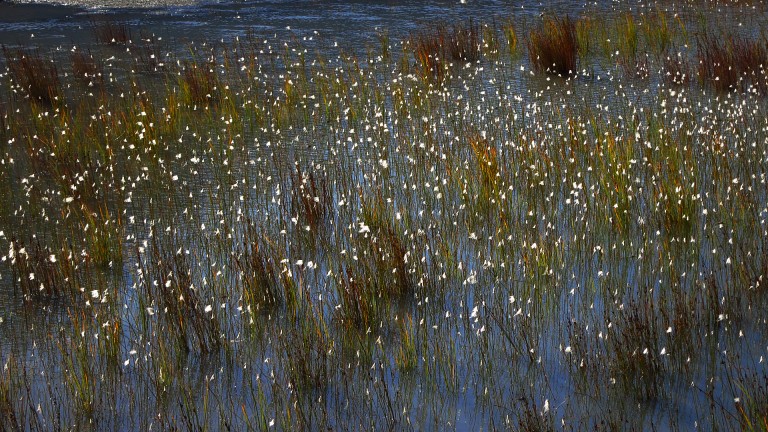Canada’s historical relationship with its northern territories differs significantly from that with the provinces. While on the one hand a vast majority of Canadians live along the southern border with the United States, “the North” occupies a particular space in the national imagination. Ideas of untouched wilderness, expansive frontiers of resource wealth, and unchanged Indigenous cultures have typically been projected onto the north, with actual knowledge of northern regions receiving very little attention or priority until only recently. This “idea of North” has been written about by scholars and popular writers. In stark contrast to what the north is frequently imagined and represented, the reality is complex, dynamic, and generally beyond singular representation.
How the north is defined and delineated is very much a product of who seeks to study it. For instance, this map from the Northern Scientific Training Program, defines “the north” in terms that are specific to field research and scholarly funding. Or this map, which answers the question “What is the Arctic?” in climatological terms.
Another way in which the north is known and imagined by southern Canadians in through the lens of international relations. This CBC news clip, for example, exemplifies the preoccupation with questions of Arctic resources, climate change, and growing political interests in the far north:
Or try this “choose your own adventure” video in which you play an explorer on a mission to find the Northwest Passage.
The following two maps depict northern Canada – and Yukon, in particular – in very different ways. The first is a political map that distinguishes the northern territories from the southern provinces. The second is a map of the different languages spoken throughout Yukon. The broader question to keep in mind is, do various forms of boundary and border making in southern Canada reflect those as conceived and experienced in the north? How does language challenge conventional depictions of northern geographies?
- Political Geography of Northern Canada
http://ftp2.ctis.nrcan.gc.ca/pub/geott/atlas/archives/english/reference/canada/mcr_0036.jpg - Language and Dialect Maps of Yukon and Nunavut
http://cyfn.ca/history/our-languages/
http://www.inuitfirstcanadians.com/2012/08/07/language/ - North America
http://www.tribalnationsmaps.com/uploads/1/0/4/5/10451178/s366865341169104376_p36_i5_w2560.jpeg
No single map can accurately define or depict “the north,” but thinking about “the North” with the assistance of maps is an effective way to ask broader questions about political representation, and how accurately political borders reflect cultural geographies of northern Canada. When reflecting upon broader questions of what “the north” is, its helpful to begin by asking about our own source of interest and curiosity. As you will find in the next section, research is increasingly oriented towards developing questions and discussion from a northern perspective.
Alia, Valerie. (2006). “Un/Covering the North: News, Media, and Aboriginal People,” International Journal of Canadian Studies Vol. 33 (March): 179-197.
Brody, Hugh. (1987). Living Arctic: Hunters of the Canadian North. Vancouver: Douglas and McIntyre.
Byers, Michael. (2009). Who Owns the Arctic?
Dickerson, Mark. (1992). Whose North? Political Change, Political Development, and Self-Government in the Northwest Territories. Vancouver: UBC Press.
Grace, Sherrill. (2001). Canada and the Idea of North. Kingston: McGill-Queen’s University Press.
Graham, Amanda. (1990). “Indexing the Canadian North: Broadening the Definition,” Northern Review Vol. 6: 21-37.
